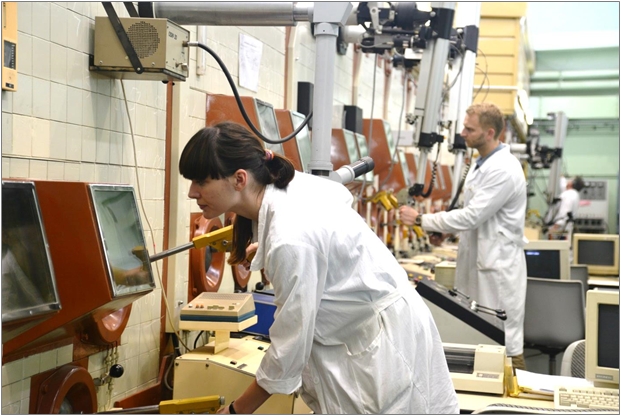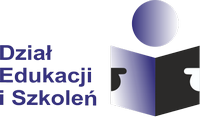Material Research Laboratory (Laboratorium Badań Materiałowych, LBM)
Material Research Laboratory undertakes research and diagnostics of construction materials and their welded joints. LBM specializes in both destructive and non-destructive analysis of the materials dedicated to work in radiative environment. Uniquely, in LBM it is possible to conduct tests of neutron irradiated, (active) samples.
LBM employs approximately 20 peoples, and consists of 4 groups: Non-destructive Research Group; Structural, Chemical, and Corrosion Research Group; Mechanical Research Group, and Hot Cell Group - who specializes in the assessment of the working environment impact on the functional properties of the components.
In fission and fusion reactors and other nuclear facilities, construction materials are exposed to irradiation, a complicated set of loading forces, a combination of high temperature and pressure as well as a highly corrosive environment. Therefore it is necessary to learn and predict how materials change upon the influence of these factors. Also during the operation of nuclear facilities, it is necessary to regularly control and inspect for example the „wear” conditions of the installations and materials used.
Such studies can be conducted only in the Hot Cell Laboratory. LBM Hot Cell Division consists of 12 lead cells that can provide safe operation on the active samples (activities up to 100 Ci). Hot cells are equipped with specially designed apparatus for studying the properties of irradiated materials used (or potentially to be used) for the construction of reactors or other nuclear facilities. Among the devices installed in the hot cells, one may mention tensile machine, hardness tester, metallographic microscope, Charpy impact tester, and kits for cutting and polishing samples. Installed devices are adopted to test standardized specimens, in accordance with ASTM, BS or ISO standards. All Hot cells are connected with a special transport tunnel and a storage chamber. Irradiated (active) samples are transported from the MARIA research reactor by specially design shielded transport container, which protects the operators from the radiation.
Tests and experiments are conducted inside of the cells by the operators who use specialized manipulators characteristic for the Hot Cell Laboratory. With some training and experience, it is possible to efficiently and reliably manipulate the samples locked inside the hot cell. Visual control of the actions is done through the portholes made of thick lead glass.
Materials studied by the LBM staff are related to both reactors currently in use (and inbuilt), and to future, so-called Generation-4 nuclear reactors. Currently, LBM is involved in studies of ferritic and martensitic stainless steels, nickel based alloys (Inconel and Hastelloy), zirconium alloys (E110), graphite, and Al2O3-based coatings. In parallel, LBM is involved in the preparation of MARIA aging plan, and actively cooperate in designing material irradiation probes.
LBM sightseeing tour lasts about 30 minutes.














